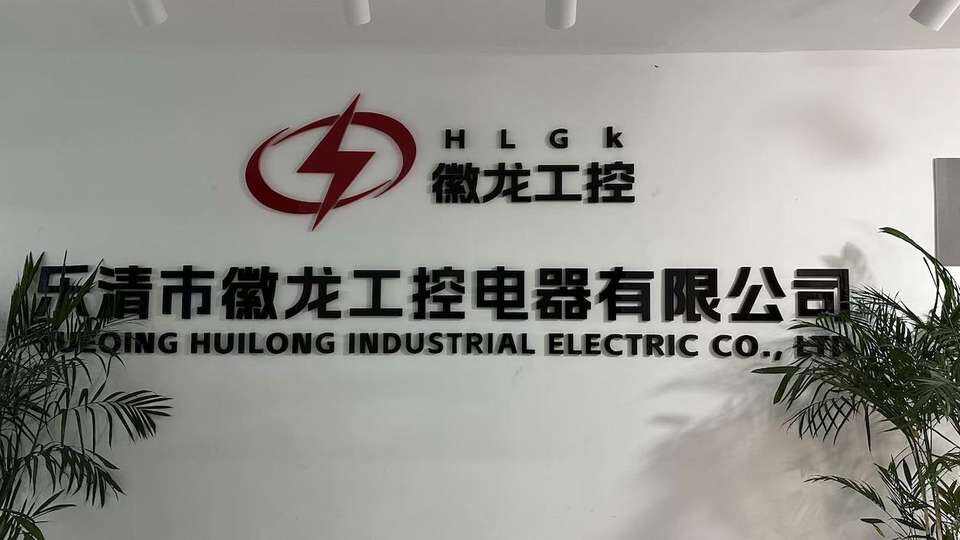Understanding Solid State Relays and Their Core Advantages
SSR vs. Electromechanical Relays: A Technical Comparison
Solid State Relays (SSRs) and Electromechanical Relays (EMRs) serve the same purpose but utilize different technologies. SSRs operate using semiconductor materials such as SCRs and TRIACs, which enable electronic switching, while EMRs rely on mechanical components like electromagnets and movable contacts for operation. This fundamental difference in construction makes SSRs faster and more durable than their electromechanical counterparts. The absence of moving parts in SSRs allows them to switch in less than 1 millisecond, offering over 100 million operation cycles. In contrast, EMRs often experience mechanical failure due to wear and tear.
For example, while an EMR can take between 5 to 15 milliseconds to operate, SSRs switch almost instantaneously, as highlighted by authoritative sources like the IEEE. This fast-switching capability, coupled with a life expectancy of several million cycles, translates to a lower failure rate for SSRs compared to EMRs. Industrial reports indicate that SSRs have a mean time between failure (MTBF) vastly superior to that of EMRs, further proving their reliability in long-term applications.
High-Speed Switching and Energy Efficiency Benefits
Solid State Relays achieve high-speed switching, which is integral to applications requiring rapid on-off cycles, particularly in modern automation systems. SSRs facilitate this by eliminating the need for physical movement to open or close contacts, enabling swift electrical operation. This ensures precise control in dynamic environments where timing is crucial, such as in robotic and automated manufacturing processes.
Moreover, SSRs are known for their exceptional energy efficiency. They generate less heat and consume lower power compared to EMRs since they do not need to energize a coil. Studies have shown that SSRs can consume up to 75% less power than traditional EMRs, leading to substantial energy savings over time. This reduction in power consumption directly translates to lower operational costs and improved sustainability, particularly in energy-intensive applications.
The benefits of high-speed switching are particularly critical in robotics and industrial automation, where timely operations can significantly enhance overall system productivity. The ability of SSRs to offer rapid, energy-efficient switching helps optimize process control and improve the longevity of the systems they are used in, making them indispensable in today's high-demand, precision-driven industrial landscape.
Critical Industrial Applications of SSR Technology
Renewable Energy Systems and Smart Grid Integration
Solid state relays (SSRs) are integral in the evolving landscape of renewable energy systems, such as those in solar and wind applications. Their efficient operation under variable loads and conditions makes them ideal for handling the dynamic nature of renewable energy sources. SSRs provide faster switching and improved control, which is crucial for managing power within these systems. Their ability to respond swiftly enhances the integration of renewable energy into smart grids where distributed energy resources must be efficiently managed.
Notably, SSRs play a vital role in smart grid integration by offering quicker response times and refined control over the flow of electricity. This capability improves reliability and efficiency, supporting the harmonious interplay between different energy resources. Recent industry trends indicate that SSR technology is increasingly being adopted to facilitate smarter and more efficient grid systems, with case studies demonstrating significant improvements in power distribution efficiency and resource utilization.
Precision Control in Automotive and Medical Sectors
In the automotive sector, SSRs are essential for applications requiring high precision such as electric steering and automatic braking systems. The solid state relay's reliability and capacity for fast switching contribute to improved vehicle performance and safety. As automotive designs become more complex and interconnected, SSRs enable efficient operation by delivering precise control over critical systems.
In the realm of medical devices, SSR technology is favored for its reliability and precision in operating diagnostic and therapeutic equipment. Due to their minimal electrical noise and absence of mechanical contact, SSRs ensure the sustained functionality of sensitive medical apparatus. According to industry statistics, the adoption of SSRs in these fields is on the rise, highlighting their importance in advancing both automotive and medical technologies. As the demand for precision and reliability grows, SSRs will continue to be pivotal in these sectors.
Technical Considerations for Optimal SSR Implementation
AC vs. DC Solid State Relays: Selecting the Right Fit
When it comes to choosing between AC and DC solid state relays (SSRs), understanding their specific applications and benefits is crucial. AC SSRs are commonly used in heating control applications and motor controls due to their ability to handle alternating current. In contrast, DC SSRs excel in applications involving battery-powered devices or DC motor controls, thanks to their capacity to manage direct current. When selecting the right SSR, it’s essential to consider the voltage and current ratings specific to your application. Integrators should ensure that these ratings match the technical requirements of the device to avoid overloads or insufficient power supply. Industry experts suggest that the future of AC and DC SSR applications in automation and control will lean towards greater energy efficiency and miniaturization, meeting the growing demand for compact solutions in various industries.
DIN Rail vs. Panel Mount Configurations
The choice between DIN rail and panel mount configurations for SSRs largely depends on the specific needs of your application. DIN rail mounting is advantageous for installations requiring flexibility and easy reconfiguration, often seen in industrial automation settings. This method allows the quick addition or removal of components without disturbing other mounted devices. On the other hand, panel mounts provide a more secure installation, generally preferred in environments where stability and minimal reconfiguration are necessary. It is important to follow best practices for wiring and connecting SSRs in either configuration. For instance, ensuring proper grounding and using appropriate wire gauge are critical for optimal performance. The International Electrotechnical Commission (IEC) recommends adhering to specific guidelines to ensure safety and efficiency when installing SSR technology, emphasizing the importance of standardized practices.
Market Trends Shaping the Future of SSR Technology
Growth Projections and IoT-Driven Demand
Solid state relay (SSR) technology is experiencing dynamic growth, driven by increasing applications in IoT-enabled devices. According to recent market research, the SSR industry is projected to achieve a compound annual growth rate (CAGR) exceeding 5.5% from 2024 to 2028. This surge is significantly attributed to the expanding role of IoT in both smart home and industrial applications. As IoT technology advances, the demand for efficient, reliable switching mechanisms like SSRs is skyrocketing. Market leaders in industrial IoT are rapidly adopting SSR technology to enhance system efficiency and responsiveness. Experts predict that the integration of SSRs in IoT devices will continue to drive innovation, particularly in automation and control systems, where precise and swift operation is paramount. This trend presents a promising future for SSR technology, positioning it as a crucial component in modern electronics.
Innovations from Industry Leaders
Key players in the SSR market are at the forefront of technological advancements, continually pushing the boundaries of innovation. Companies such as Carlo Gavazzi and Omron have recently unveiled new SSR products that enhance energy efficiency and operational reliability, reflecting noteworthy strides in the industry. The competitive landscape fosters collaboration and partnerships, enabling shared advancements in SSR technology. This collaborative approach has facilitated groundbreaking innovations, including advanced solid state relay systems that incorporate photoelectric sensors for precise control. Insights from industry reports suggest an ongoing trend toward miniaturization and increased functionality in SSR products. Future innovations are anticipated to focus on enhancing the capacity and integration capabilities of SSRs, further solidifying their role in next-generation automation and smart systems.
FAQ
What is the main advantage of using a Solid State Relay over an Electromechanical Relay?
Solid State Relays offer faster switching times, greater durability, and a longer life expectancy compared to Electromechanical Relays, making them more reliable for long-term applications.
Why are Solid State Relays preferred in renewable energy systems?
SSRs operate efficiently under variable loads and conditions, making them ideal for the dynamic nature of renewable energy sources, such as solar and wind systems. They provide faster switching and improved control, crucial for managing renewable energy power integration.
How do Solid State Relays contribute to energy savings?
SSRs generate less heat and consume lower power than Electromechanical Relays, which do not require energizing a coil. This leads to up to 75% energy savings, reducing operational costs and improving sustainability.
What should be considered when choosing between AC and DC SSRs?
When selecting between AC and DC SSRs, consider the specific application. AC SSRs are better for heating control and motor controls, while DC SSRs excel in battery-powered and DC motor applications. Matching voltage and current ratings to the application is vital.







